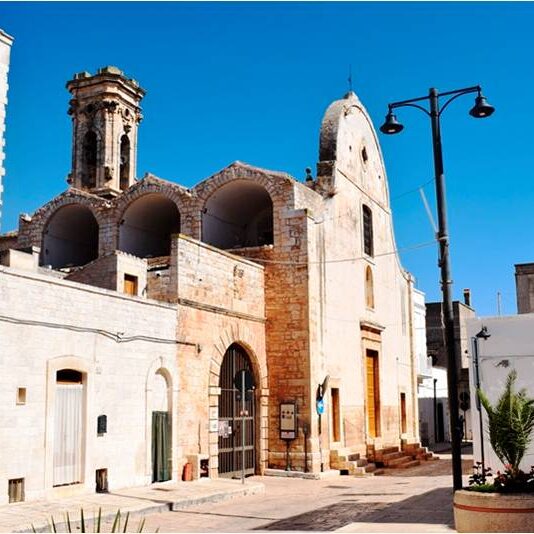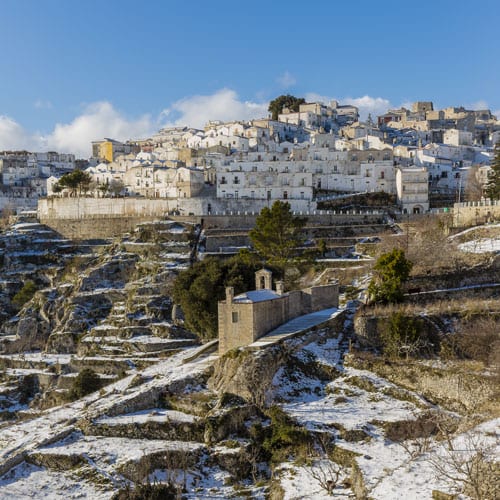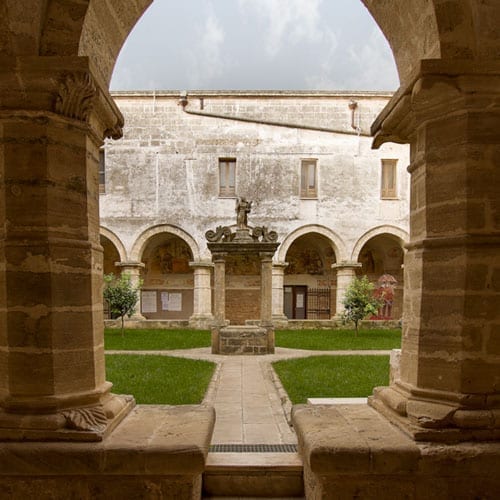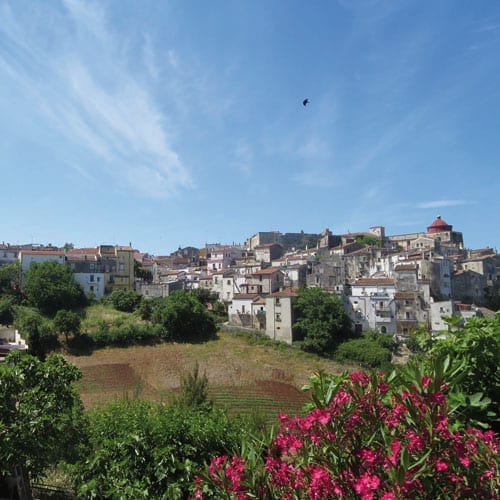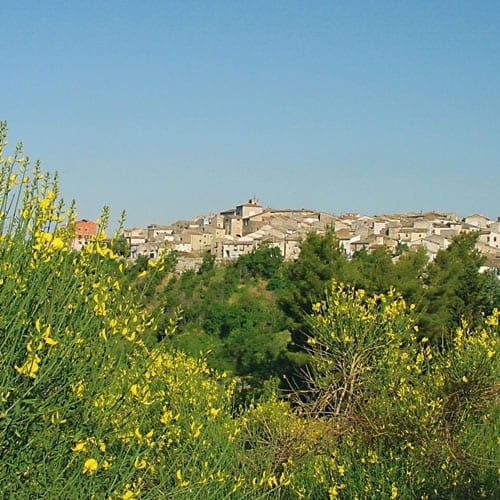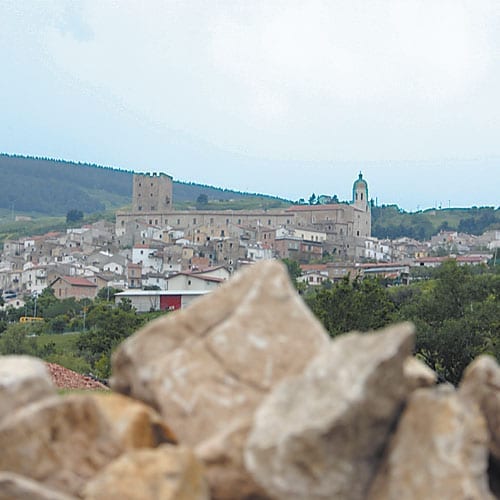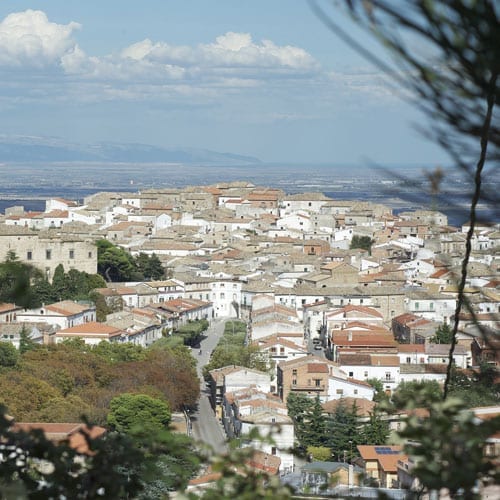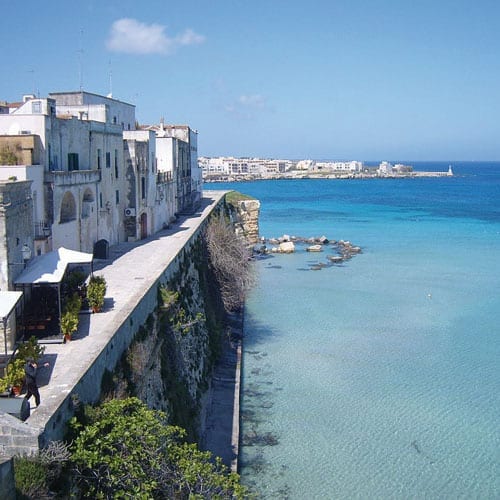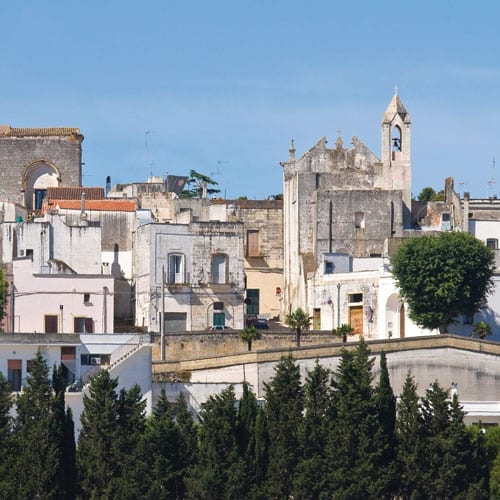 Alberona
Alberona
MUNICIPALITY OF alberona
(Foggia District)
Altitude
mt. 732 a.s.l.
POPULATION
1108 (600 in the borgo)
Patron SAINT
San Giovanni Battista, August 29-30
TOURIST INFORMATION
Town hall Culture office – Ph. 0881 592022
www.comune.alberona.fg.it

The name’s origin is uncertain. It may derive from the word alveus, meaning “cavity”, “small hiding place” or from the word alberone, “big tree”. In the first case, it would refer to a community of Sardinian people, who were looking for refuge in this area, where consequently this small village was established.
In the “Scadenzario” written by Federico II (1239) the borgo is called Alberona, while Andrea Spinelli in his work “Diurnali” (1258) calls it Alvarona.
A trip in this corner of Daunia is like a trip through history, religion and art; all this is set in the green scenery of the Apennines and in the freshness of the local water springs. The climatic and landscape resources of Alberona are a delicious contour to the old town centre, marked by the presence of the Templars, the legendary monk warriors.
Piazza Civetta welcomes you with the clean skyline of the neo-gothic Church of San Rocco. Through the main street, you will reach the Chiesa Madre, built by the Templars. Even after numerous reconstructions over the centuries, the bell tower, formerly a military tower, and two paving stones with the symbol of the Maltese Knights still remain.
Descending down Via Torre, you’ll get to the Palace and to the Tower of Gran Priore (12th century). If you get thirsty after strolling up and down the streets of Alberona, you can drink fresh water from the Fontanella, a fountain designed in the form of a house with a sloping roof.
Walking through the narrow streets, admiring the portals and carved doorframes, you’ll get to XIV century Arco Calabrese, the only wooden arch in this area, well preserved throughout history. Continuing on through the town centre, you’ll climb towards the XVI century Church of San Giuseppe, known for its Gothic portal and a very interesting stone altar.
The Arco dei Mille (XV cen.) offers a large panorama and invites visitors to discover the monumental structure of Fontana Muta (XIX cent.). Its waters run, silent and soundlessly, into a large stone drinking trough.
The street flanking the Municipal park will lead you towards the departure point. But before leaving, you must spend some time at the Muraglione where, breathing the air of the plateau, you can have a wonderful view of the Tremiti Islands
Products from Alberona are simple and genuine: especially extra virgin olive-oil, cold cuts, conserves, cheese, homemade pasta and traditional bread.
The local menu includes lamb, eggs and chicory stew and boiled meats. Other tasty dishes look like tongue twister: you must try: pezzéddhe, cicatéddhe e vròcchele p’a scardéddhe, lajianèddhe e cice, frettecéddhe p’i patane or cciopparèddhe meat. Even if you don’t know their meaning, you will love them.
Guarda tutti i video sulla pagina ufficiale Youtube de I Borghi più belli d’Italia.



